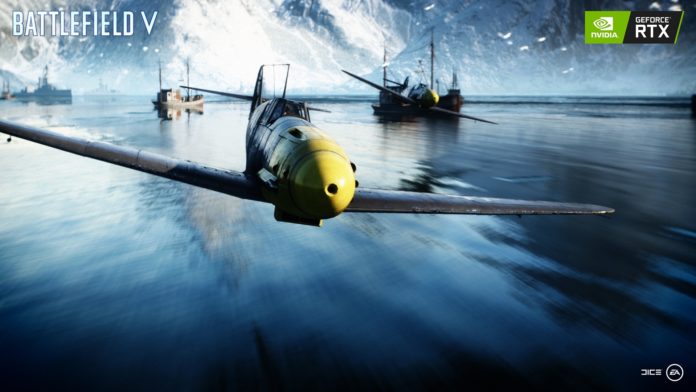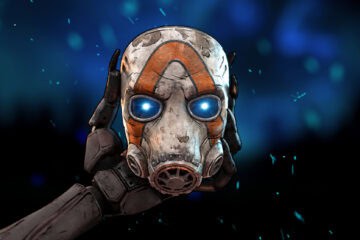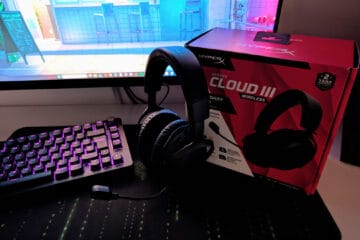Auch an uns ist der Raytracing-Trend des letzten Jahres nicht unbemerkt vorübergezogen. Obwohl es nach der großen Ankündigung der neuen RTX-Grafikkarten von Nvidia im Zuge der gamescom 2018 in Köln ruhig geblieben ist und die GPUs in Benchmarks schwache Leistungen gezeigt haben, wollten wir wissen, ob sich hinter der Technologie dennoch großes Potential verbirgt oder ob alles nur ein Marketing-Gag war. Wir haben bei Techland nachgefragt und verraten im Raytracing-Interview, was wirklich hinter „RTX on“ steckt.
Due to current performance limitations (resulting from immature technology), RTX does not change much.
Raytracing wird bahnbrechend
Als Nvidia im August 2018 die RTX-Serie vorstellte, wurde die Gaming-Community hellhörig. Von einer bahnbrechenden Revolution war oft zu lesen. Es solle eine Technologie sein, an der man seit Jahren arbeitet, eine, die die Grafik in Spielen revolutioniert. Doch was ist dran an den großen Behauptungen? Auf die großen Versprechen folgten ernüchternde Benchmarks. Die Karten können in puncto Performance den Erwartungen nicht gerecht werden. Schöne Reflexionen hin oder her, am Ende führt „RTX on“ zu gewaltigen Einbrüchen in der Framerate.
Keine Stellungnahme
Die Suche nach einem Interviewpartner stellte sich als schwieriger heraus, als anfangs gedacht – viele Publisher und Entwickler-Studios haben uns abgesagt. Das könnte daran liegen, dass sich die Entwickler selbst noch nicht so gut mit der Thematik auskennen oder, dass man Raytracing einfach nicht schlecht reden möchte. Vor allem dann nicht, wenn man gerade ein RTX-fähiges Spiel entwickelt. Als einer der ersten Spiele, die RTX unterstützen, gilt Battlefield V.
Die Zombie-Schmiede
Schließlich haben sich Pawel Rohleder, CTO bei Techland und Tomek Szalkowski, Rendering Director dazu bereit erklärt, unsere Fragen zu beantworten. Techland ist ein polnischer Spieleentwickler und Publisher, der unter anderem wegen Call of Juarez, Dead Island und Dying Light bekannt ist. Im Zuge der E3 2018 hat Techland die Entwicklung von Dying Light 2 bekanntgegeben. Das Zombie-Parkour-Survival-Game soll noch in diesem Jahr erscheinen. Währenddessen könnt ihr euch die Zeit in Dying Light Bad Blood vertreiben, dem Battle Royale-Ableger der Reihe.
Interview
Interview-Partner: Pawel Rohleder, CTO @ Techland und Tomek Szalkowski, Rendering Director.
What are from a beginner’s perspective the biggest differences between „RTX on“ and „RTX off“ – what is happening behind the scenes when you turn raytracing on?
Pawel Rohleder: Due to current performance limitations (resulting from immature technology), RTX does not change much. The whole image generation process based on rasterization remains the same, while RTX itself enables implementation of selected effects (reflections, shadows, indirect lighting) more precisely. For example, more accurate reflections in water (or other shiny surfaces) in the Battlefield V game, which, due to the tracking of rays, give a better reflection image and eliminate errors that stem from limitations of current screen-space based techniques. Nonetheless, this is just the beginning.
Tomek Szalkowski: The biggest changes are happening at the stage and image interface. With the classic approach – rasterization, we process the scene at a camera angle. Only visible objects get to rendering (preferably only visible parts of objects). Usually, most of the scene processing happens on the CPU (e.g. frustum culling, draw calls, assets). The scene is created as a series of individual commands – draw calls that render elements of objects one by one. With full RT raytracing, the scene description is in a special hierarchical structure (BVH) located on the graphics card. This description must be complete – if we want the scene to be reflected behind us – the information about the objects behind us must be in the structure. There are no single drawcalls here but one DispatchRays command that ’shoots rays from the screen‘ at BVH.
Rays (shadara calling similar to compute shaders) after encountering an object may be reflected, separated or ended as a point on the screen. The need to process the entire scene, the amount of rays translating into a huge amount of calculations affect the high requirements of this technique. Currently, due to high requirements, hybrid techniques are used where the stage is rasterized classically with the possibility of ‚letting‘ RT only in selected places, e.g. those that require realistic reflections or as individual functionalities (e.g. Ambient Occlusion). This approach allows you to reduce the scene held in BVH and its accuracy and can drastically reduce the number of traced rays and simplify the used shaders (part of the work will be done by rasterization – it’s cheaper than RT)
How is raytracing changing the process of developing a videogame?
Paweł Rohleder: From the point of view of creating content for a game – it does not change much. The work is mainly related to the implementation of appropriate shaders by engine programmers / rendering / technical-art teams.
It’s hard to say what the future will look like (in 5-10 years) – maybe graphics engines will generate an image using only RT (without rasterization). Current hybrid techniques try to utilize all that’s best from both rasterization and RT, but RT is just starting to grow and we are not aware of its full potential yet. An example may be a perfectly reflected analytically generated surface, which can affect new gameplay possibilities (e.g. players can see more in reflected surfaces on a car, shop window, etc.).
How much is raytracing going to change the way games are played and perceived?
Paweł Rohleder: Ray-tracing is the Holy Grail in the field of real-time image generation mainly because RT simulates the distribution of light intensity on the virtual scene in the most realistic way (similar to the world around us). Most of the computer applications used to generate photo-realistic images (e.g. 3DSMax, Maya, Blender, POV-Ray) use the ray-tracing method. The challenge is to do it in real time.
When RT is used on a wider scale, there may be additional gameplay elements resulting from proper lighting reproduction (e.g. the atmosphere of dark spaces will be perceived differently when light reflected from the surface also illuminates other surfaces).






